Confidence continues to return to Aberdeen’s industrial property market after a strong first quarter of 2022, according to Knight Frank.
The commercial property consultancy found 235,344sq ft of industrial space was transacted during the first three months of the year in the Granite City, up more than one-third (37%) on the same period in 2021.
Average lets increased by 47%, compared to January-March last year, rising from 7,399sq ft to 10,851sq ft.
Marla Tube Fittings, advised by Knight Frank, took 30,248sq ft at Site 1 Burnside Drive, in Dyce, in the largest letting of the quarter.
The higher oil price has seen increased activity in the North Sea and this has begun to filter into property requirements.”
Scott Hogan, Knight Frank.
There have also been five 20,000-plus sq ft deals in 2022, compared to just two by this time last year.
This is consistent with Knight Frank research showing the number of larger occupier requirements being circulated on the market is on the rise.
Scott Hogan, head of Scotland, industrials and logistics, Knight Frank, said: “Confidence is returning to Aberdeen’s industrial market, after a surge in deals during the first few months of 2022.
“The higher oil price has seen increased activity in the North Sea and this has begun to filter into property requirements – there has been a noticeable uptick in not only the number of deals, but their average size too.”
Mr Hogan added: “While there is still an excess of supply, the level of demand continues to improve, highlighting the relative lack of good quality available accommodation.
“This is particularly prevalent at the larger end of the market and, as a result, lease lengths are increasing and prime rents holding up.
“Unfortunately, demand is not yet strong enough to justify speculative development, as is the case in Scotland’s central belt.
“However, proactive landlords in Aberdeen who speculatively refurbish existing properties to a high quality standard should reap the rewards of current market conditions.”
Meanwhile, analysis by Knight Frank suggests rental growth in Scotland’s industrial and logistics sector will outpace both offices and retail property assets over the next five years.
Annual growth of 3.1%
Based on forecasts from RealFor, Knight Frank found rents for Scottish industrial property are likely to see an average increase of 3.1% per annum between 2022 and 2026, significantly outperforming the expected growth of 0.9% and -0.3% in the office and retail sectors, respectively.
The findings build on Knight Frank’s 2022 Logistics Market Outlook report, which found industrial rents across the UK are expected to rise by an average of 4.2% per annum over the next five years – led by Greater London, with an average increase of 8.7%.
Strong rental growth is also turning into increased investor appetite for industrial and logistics assets.
Knight Frank research found that in 2021 industrials and retail warehousing in Scotland attracted more investment than offices for the first time in a decade, with deals worth a total of £636 million completed.
Mr Hogan said: “Industrials is still the hot sector throughout the UK and that is no different in Scotland.
“Rents outpaced other types of commercial property last year and, largely driven by the lack of new development in recent years, they only look likely to continue to do so – particularly in and around Glasgow and Edinburgh, where the supply-demand imbalance is especially acute.”
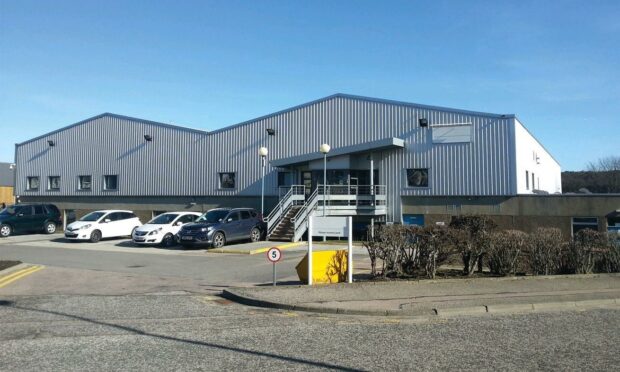

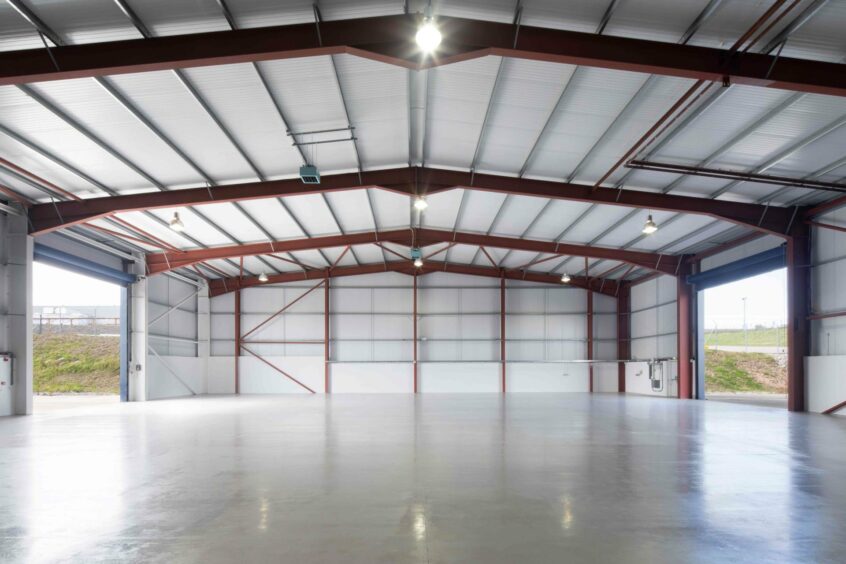
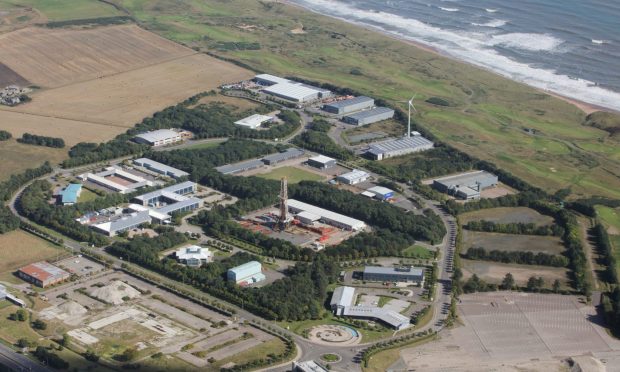
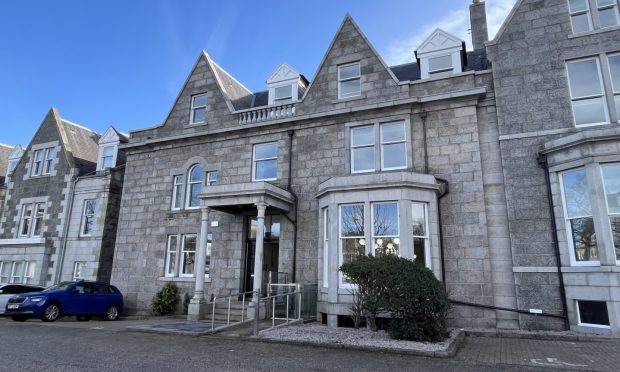
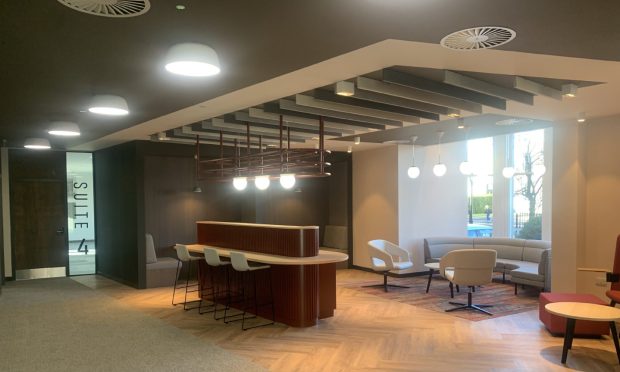
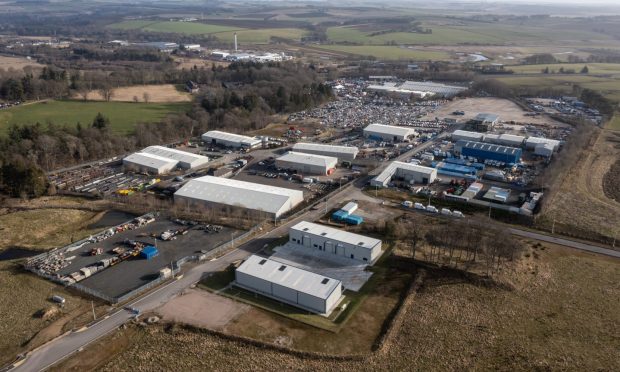

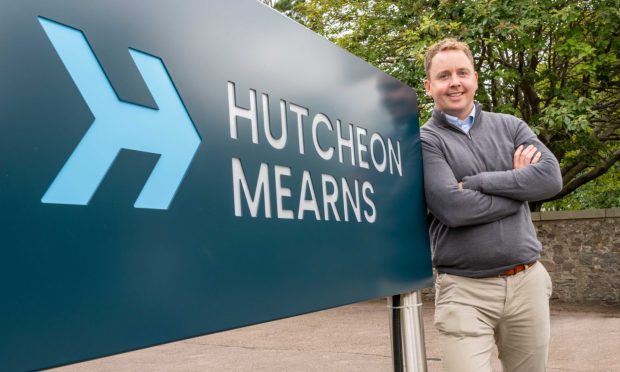










Conversation